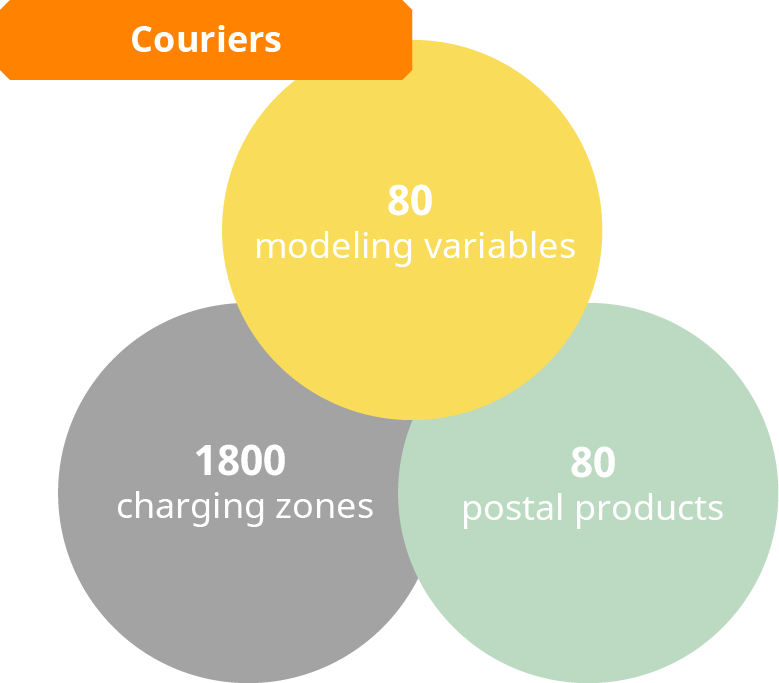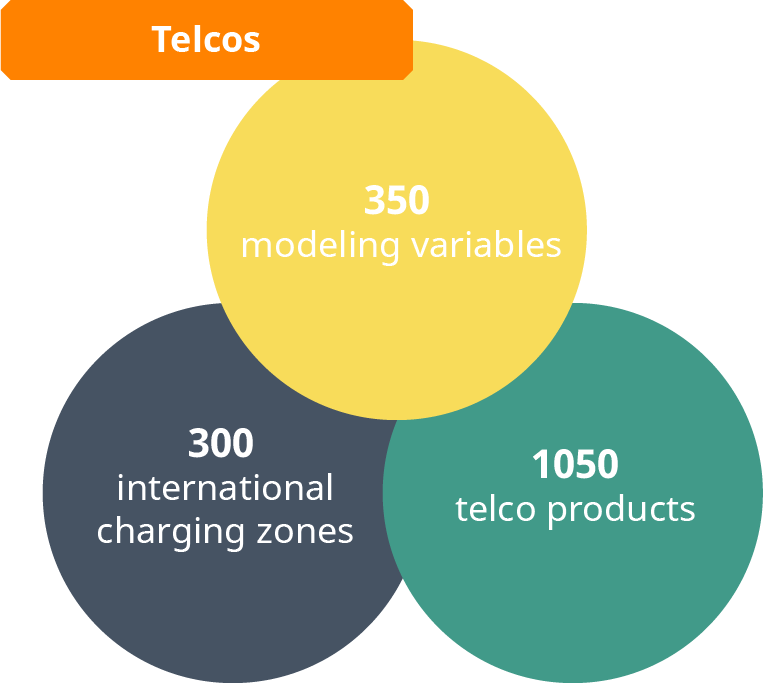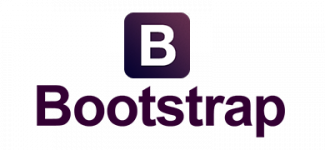BACKGROUND
The proliferation of mobile telephony has led to countless mobile tariff plans. Just walk into any carrier store and the choice offerings can be mindboggling. Over 20 plans for individuals alone, where variables like ‘minutes of unlimited talk’, ‘megabytes of data’, ‘text messages’, ‘on-peak’ and ‘off-peak’, are adding complexity to the decision matrices of consumers.
Making information available does not guarantee that consumers will use it, since the way the mobile tariff plans are presented is, to say the least, muddled. The work of Kahneman and Trevsky (1974, 1983) helps us understand consumer choice behavior under uncertainty. Our brains are hardwired to produce quick answers to difficult questions and to shy away from complex computations. We are prone to jump to conclusions and when this is not possible, we might as well do nothing. Given a complicated choice, consumers will opt for a ‘flat-rate tariff’ which is easily understood, or stay with their current plan; known as the ‘status quo bias’, since we have the tendency to stick with our existing situation. Human decision-making is full of such ‘heuristics and biases’ and does come close to the human automaton needed to decipher the puzzles of mobile tariff plans. How can we then tackle uncertainty and empower our citizens to make well-informed decisions?
OUR SOLUTION
The Price Observatory for Telecommunication & Postal Products (Pricescope) is such a tool. It employs intelligent algorithms and allows all citizens to make rational choices given the plethora of tariff plans. With Pricescope consumers can search and compare tariffs not only for mobile telephony but for landlines, internet as well as for domestic and internationally bound courier services.
Pricescope’s search function allows consumers to search for existing tariff plans based on specific criteria and thereupon compare and choose from the offerings listed. On top of the search & compare functions, Pricescope allows for more price transparency. Consumers can set-up their personal profiles, be up-to-date with new plans or add-on services, and employ personalized statistical tools – based on the user’s search data – to reach informed decisions.
To ensure interoperability and openness, information is provided to third parties through REST APIs.
The Pricescope application consists of two main subsystems: an electronic repository where the pricing information of all commercially available plans is imported by providers and updated - in an integrated manner - through a secure web service, and an electronic observatory that includes close to 1,000 tariff plans for telecommunications and courier services.
Indicative Numbers


The intelligent comparison algorithm was based on empirical models and on formulas derived from applied mathematics. From a software engineering standpoint, the biggest challenge was handling the complexity of the imported data: how to translate the mathematical model into thousands of lines of code and, to top this, how to process thousands of permutations and present them to the consumer in a speedy manner. Special techniques and big data technologies, like Redis, were deployed to address the multitude of tariff plans comparison components and the complexity of possible combinations (i.e. power sets).
















